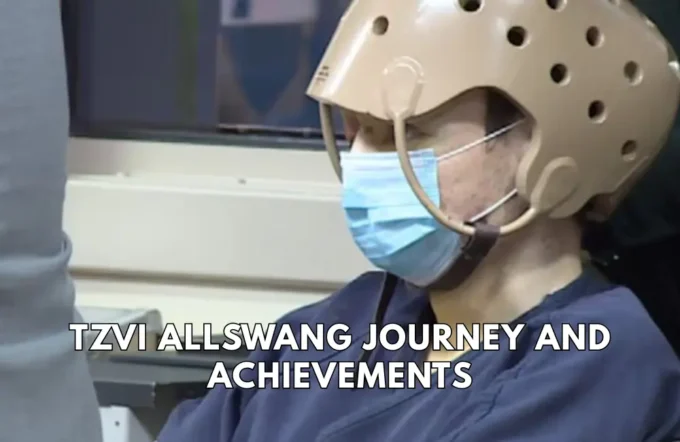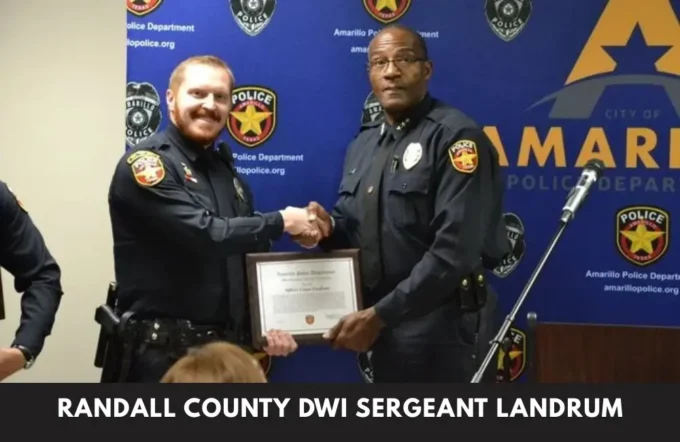One of the most famous examples of Indian and Pakistani military cooperation and patriotism is the wagah border ceremony organization structure. Thousands of people watch the Beating Retreat Ceremony every evening from both sides of the Wagah Border. This occasion is a potent representation of self-control, solidarity, and patriotism. The ceremony is organized according to a well-established wagah border ceremony organization structure, which guarantees that everything goes precisely and smoothly. The border forces of both countries, Pakistan Rangers and India’s Border Security Force (BSF), are crucial. The daily ritual’s success depends on their roles, hierarchy, and synchronization. Gaining knowledge of the wagah border ceremony organization structure helps one understand how discipline, teamwork, and military customs influence this well-known occasion.
The Indian Perspective: The Function of the BSF and the Wagah Border Ceremony Organization Structure
The Border Security Force (BSF) is principally in charge of overseeing the wagah border ceremony organization structure on the Indian side. The Ministry of Home Affairs oversees the BSF, which is in charge of managing and securing India’s borders. A BSF commandant oversees the entire ceremony at Wagah, making sure the practice is carried out accurately and with dignity. Senior officers, drill instructors, and parade participants who get specialized training for the occasion report to him. Every step, salute, and movement in the wagah border ceremony organization structure is prearranged, and there is a clear chain of command. The ceremonial team of the BSF reflects India’s military culture by performing with rigorous discipline. The wagah border ceremony organization structure is an example of professionalism and commitment since the troops picked for this task are chosen based on their height, strength, and accuracy.
Wagah Border Ceremony Organization Structure: The Function of the Pakistan Rangers
The Pakistan Rangers, a paramilitary unit under the Ministry of the Interior, are in charge of overseeing the wagah border ceremony organization structure on the Pakistani side. At Wagah, the commanding commander of the Rangers is in charge of all operations and ceremonial tasks. Officers and soldiers work in perfect rhythm, and their structure is similar to that of the BSF. From flag lowering to coordinated marching and saluting, the wagah border ceremony organization structure makes sure that everyone knows their part. The ceremonial team of the Rangers, which represents Pakistan’s pride and unity, practices frequently to preserve synchronization and intensity. The logistical support teams in charge of crowd control, security, and event scheduling are also part of the organizational structure. Thus, the wagah border ceremony organization structure showcases Pakistan’s patriotic spirit to the world by emphasizing both spectacle and discipline.
Coordination Between Pakistan Rangers and the BSF
The coordination between the Pakistan Rangers and the BSF is an impressive feature of the wagah border ceremony organization structure. Even though they are representing two separate countries, both armies adhere to a coordinated plan that guarantees the ceremony proceeds well. Joint communication channels are included in the wagah border ceremony organization structure to arrange the daily event’s time, order, and procedures. Mutual understanding and discipline maintain the performance in sync even if there is no spoken communication during the ceremony itself. Both sides exchange symbolic displays of strength, simultaneously hoist and lower their national flags, and precisely time the closing of the border gates. The coordination’s effectiveness demonstrates the professionalism inherent in the Wagah Border Ceremony Organization organization and shows how preparation and organization can overcome historical differences via ceremonial respect.
Wagah Border Ceremony Organization Structure
The wagah border ceremony organization structure consists of many supporting teams in addition to the troops who participate. While local police help with crowd control, administrative staff oversee scheduling, visitor seating, and safety precautions. Ceremonial organizers, lighting operators, and sound engineers on both sides make sure that every aspect complies with military requirements. Training officers who get new recruits ready for the strenuous parade routines are another aspect of the wagah border ceremony organization structure. In order to ensure that the event conveys a sense of national pride abroad, public relations professionals manage media coverage. To ensure the safety of both players and spectators, medical staff are also on hand in case of emergency. These unseen contributors are essential to preserving the ceremony’s impeccable reputation. As a result, the wagah border ceremony organization structure is a sophisticated network of experts who collaborate and go beyond military.
Conclusion
The organization structure of the Wagah Border Ceremony is a wonderful illustration of discipline, order, and patriotism in action. It demonstrates how the military establishment of two rival countries upholds a culture of deference and accuracy. With the help of multiple teams that guarantee seamless operations every day, the BSF and Pakistan Rangers both carry out their responsibilities with honor. In addition to demonstrating military prowess, the wagah border ceremony organization structure emphasizes the value of cooperation, timing, and unity in expressing patriotism. The ritual endures as a potent representation of discipline and legacy in spite of the political divisions between the two nations. Millions of people worldwide watch this ceremony as a magnificent demonstration of human coordination, discipline, and national spirit thanks to the careful planning of the wagah border ceremony organization structure.

















Leave a comment